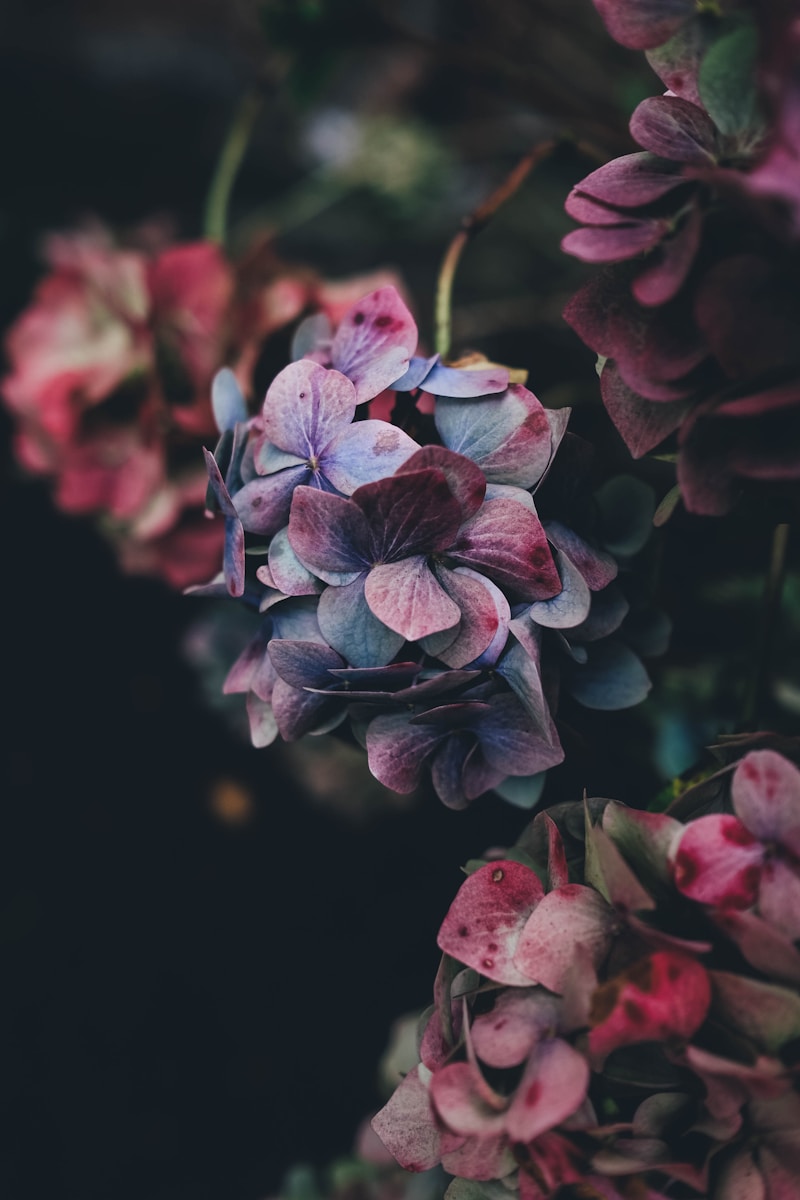Sustainable Floral Arrangements: Embracing Eco-Friendly Beauty
Understanding Sustainable Floral Arrangements
In recent years, the demand for sustainable floral arrangements has surged, as more individuals and businesses recognize the importance of eco-friendly practices. These arrangements are not only beautiful but also contribute positively to the environment. In this article, we will explore the significance of sustainable floral arrangements, different types available, tips for creating them, and the broader impact on our planet.
The Importance of Sustainable Floral Arrangements
Creating sustainable floral arrangements involves using flowers and materials that are sourced responsibly. This practice not only minimizes the carbon footprint but also encourages biodiversity. With the floral industry often relying on imported flowers, many of which are treated with harmful chemicals, opting for sustainable arrangements can make a significant difference.
Here are some key reasons why sustainable floral arrangements are essential:
- Environmental Impact: By choosing locally sourced blooms, you reduce transportation emissions and support local farmers.
- Organic Practices: Sustainable flowers are typically grown without harmful pesticides, making them safer for both the environment and human health.
- Biodiversity: These arrangements often include native flowers, which are crucial for supporting local ecosystems.
- Community Support: Purchasing from local florists or growers helps strengthen the local economy.
Types of Sustainable Floral Arrangements
When it comes to sustainable floral arrangements, there are several styles to consider:
| Design Type | Description |
| Seasonal Arrangements | Using flowers that are in season reduces transportation emissions and ensures freshness. |
| Wildflower Bouquets | Incorporating wildflowers promotes biodiversity and often requires less maintenance. |
| Dried Flower Arrangements | Dried flowers are long-lasting and can be reused in various settings. |
| Recycled and Upcycled Materials | Using vases and materials that have been recycled or repurposed adds a unique touch while reducing waste. |
How to Create Sustainable Floral Arrangements
Creating your own sustainable floral arrangements can be both fun and rewarding. Here are some steps and tips to guide you through the process:
1. Source Local and Seasonal Flowers
Start by researching local flower farms or markets. Look for flowers that are in season, as they will be fresher and maintain better longevity.
2. Choose Eco-Friendly Materials
Focus on incorporating natural and biodegradable materials. For instance, use jute twine instead of plastic ribbons and opt for glass or ceramic vases over synthetic containers.
3. Incorporate Greenery
Greenery not only adds volume and texture to your arrangement but also enhances the ecological aspect. Use ferns, eucalyptus, or other local greens to create a lush look while maintaining sustainability.
4. Mix and Match
Don't hesitate to add diversity to your arrangement. Use a mix of textures and colors by including not just flowers, but also grasses, branches, and berries for a more natural appearance.
5. Practice Mindful Cutting
If you're harvesting flowers from your garden, ensure that you're cutting in a way that allows the plants to continue growing. This practice fosters sustainability in your own gardening efforts.
The Broader Impact of Sustainable Floral Arrangements
Choosing sustainable floral arrangements has far-reaching implications. Not only does it benefit the environment, but it also creates a ripple effect encouraging more sustainable practices across various industries. As consumers become increasingly aware of their purchasing choices, they can drive change in the floral industry towards more eco-friendly practices.

Frequently Asked Questions
Many people often have questions about sustainable floral arrangements. Here are some of the most common queries:
What are the best flowers for sustainable arrangements?
Native flowers, seasonal blooms, and organic varieties are preferable when creating sustainable arrangements. Popular choices include sunflowers, zinnias, and daisies.
How can I ensure my florist is sustainable?
Ask your florist about their sourcing practices. Look for certifications indicating organic or sustainable practices, and prioritize those who use locally sourced flowers.
Can I create sustainable arrangements with artificial flowers?
While artificial flowers can reduce waste, they are often made from non-biodegradable materials. If possible, choosing natural flowers is preferable for overall sustainability.
Conclusion and Tips
Embracing sustainable floral arrangements is not just a trend; it is a vital step towards a more environmentally responsible future. By opting for local, seasonal, and organic flowers, and utilizing eco-friendly materials, we can create beautiful displays that honor our planet. As consumers, we have the power to influence the market by supporting sustainable practices.
In summary, keep these points in mind:
- Always source flowers locally and seasonally.
- Utilize biodegradable materials when crafting arrangements.
- Consider native plants and flowers that support local ecosystems.
- Engage in community floristry, supporting local artists and businesses.
With increasing awareness and commitment to sustainability, we can all contribute to a greener future while enjoying the beauty of floral arrangements.